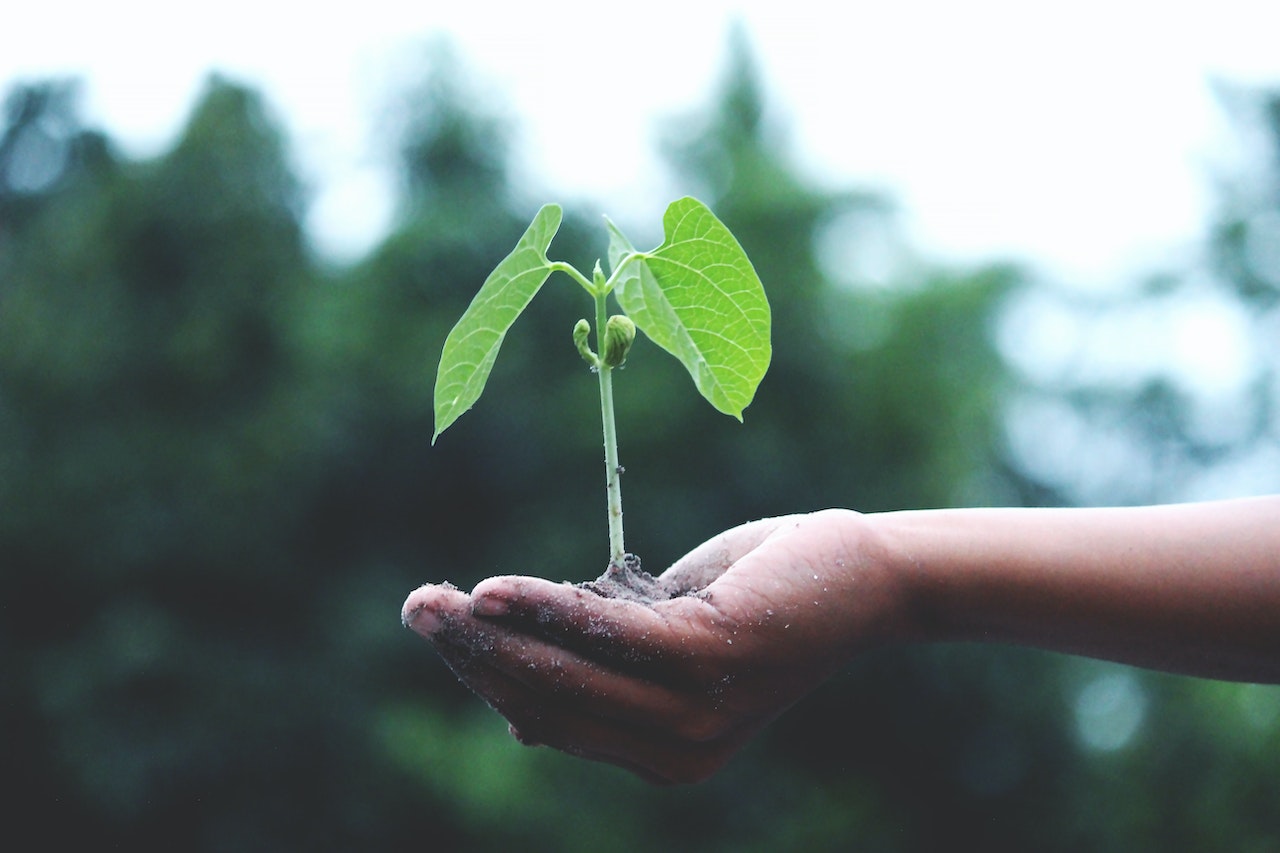This post was originally published on Sustainability Matters

New research out of the University of California, Davis and Stanford University has found that storing carbon dioxide in building materials could hugely reduce global greenhouse gas emissions.
The study, conducted by civil engineers and earth systems scientists, has been published in the journal Science. “The potential is pretty large,” said Elisabeth Van Roijen, who led the study as a graduate student at UC Davis.
Van Roijen and her colleagues are presenting this approach as an alternative — more effective — type of carbon sequestration.
Carbon sequestration aims to take carbon dioxide, either from where it is being produced or from the atmosphere, convert it into a stable form and store it away from the atmosphere where it cannot contribute to climate change. Previous proposals have involved injecting carbon underground or storing it in the deep ocean; however, these approaches pose both practical challenges and environmental risks.
“What if, instead, we can leverage materials that we already produce in large quantities to store carbon?” Van Roijen said.
Along with Sabbie Miller, associate professor of civil and environmental engineering at UC Davis, and Steve Davis at Stanford University, Van Roijen worked to calculate the potential for storing carbon in a variety of common building materials including concrete (cement and aggregates), asphalt, plastics, wood and brick.
More than 30 billion tons of conventional versions of these materials are produced worldwide every year.
Some of the techniques the team studied included adding biochar (made by heating waste biomass) into concrete; using artificial rocks that can be loaded with carbon as concrete and asphalt pavement aggregate; and incorporating biomass fibre into bricks. They also considered the use of plastics and asphalt binders based on biomass rather than fossil petroleum sources.
These technologies are at different stages of readiness, with some still being investigated at a lab or pilot scale and others already available for adoption.
The team found that while bio-based plastics could take up the largest amount of carbon by weight, concrete has by far the largest potential for carbon storage. This is because concrete is the world’s most popular building material, with over 20 billion tons produced every year.
“If feasible, a little bit of storage in concrete could go a long way,” Miller said. If 10% of the world’s concrete aggregate production were carbonateable, it could absorb a gigaton of CO2, according to the researchers’ calculations.
With the feedstocks for these new processes being mostly low-value waste materials such as biomass, Van Roijen said that implementing the new approach would enhance their value, creating economic development and promoting a circular economy.
While some development is needed, particularly in cases where material performance and net-storage potential of individual manufacturing methods must be validated, Miller said many of these technologies are just waiting to be adopted.
Van Roijen is now a researcher at the US Department of Energy National Renewable Energy Laboratory. The work was supported by Miller’s CAREER grant from the National Science Foundation.
Image credit: iStock.com/CentralITAlliance





0 Comments